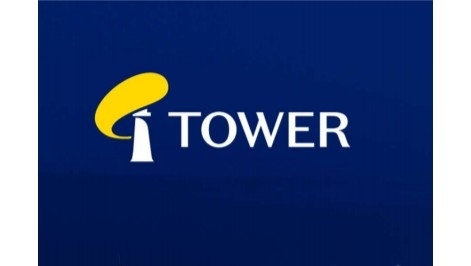
Tower Insurance has concluded a strategic review of its ownership structure after a nine-month process saying it’s not planning to proceed with any potential changes.
The company told the NZX on Monday – and the ASX on Friday – discussions during the review had provided “valuable insight and perspectives” for Tower’s business.
Tower provides car, contents, and house insurance for around 300,000 customers across New Zealand and the South Pacific.
The discussions with several unnamed parties had involved potential opportunities including partnerships, risk transfer and alternative ownership and capital structures, Tower said.
However, none of the review discussions had advanced to the formal proposal stage and Tower’s board decided to conclude the strategic review.
Tower Chairman Michael Stiassny said the Board’s objective in undertaking the strategic review was to ensure the insurer’s ownership and capital structures remained “optimal”.
“We have determined that the best course of action at this time is to continue executing our current business strategy under the existing ownership structure. Although the strategic review has been concluded, the Board remains open to considering any future proposals or opportunities that align with the best interest of all Tower shareholders,” Stiassny said in Monday’s announcement.
Last December when the strategic review was announced, Stiassny said it was a good time for the general insurer to look at its options.
“Either we can start at one extreme, whether there are prospective purchases, whether we should be doing something different to increase our profitability. It’s a 360-degree review, probably,” Stiassny told BusinessDesk at the time.
Down to 0
Alongside its strategic review conclusion, Tower also announced on Monday a capital return proposal, reaffirmed a higher net profit guidance for the 2024 financial year, and gave an update on an adjustment to its minimum solvency margin.
Tower said that as of mid-August, the Reserve Bank of New Zealand (RBNZ) had reduced Tower’s required minimum solvency margin from $15 million to $0.
Solvency margin standards are set by the RBNZ to ensure insurers have sufficient capital to absorb both expected and unexpected losses.
Meeting these minimum solvency margins is a license condition under Section 55 of the Insurance (Prudential Supervision) Act 2010.
Recent major natural disasters, such as the Auckland Anniversary Weekend flooding and Cyclone Gabrielle, have highlighted the need for insurers to maintain a solvency margin the RBNZ deems sufficient in order to handle significant unforeseen events.
Tower said it had an adjusted solvency margin of $147.2 million as of June 30, based on unaudited management accounts. This is significantly higher than the RBNZ’s previous $15 million requirement.
Tower said the RBNZ's removal of its $15 million solvency margin requirement recognised; “Tower’s risk and capital management processes, solvency position, fewer remaining Canterbury earthquake claims and the materiality of those claims diminishing significantly over time.”
The general insurer’s underlying net profit after tax (NPAT) forecast for the 12 months to 30 September 2024 was reaffirmed to be more than $45 million, an increase from the previously expected $40 million.
“The Board is mindful that the company continues to remain focused on delivering sustainable growth, satisfactory and proportionate profits, and consistent dividends in the future,” Stiassny said.
Tower’s board has also decided to return $45 million to shareholders by way of a mandatory share buyback.
The capital return will be conducted as a scheme of arrangement, and is subject to receiving High Court approval as well as shareholder approval at Tower’s annual general meeting in early 2025.
More information will be provided at Tower’s 2024 full-year result in November but if approved by shareholders, the share buyback would likely be implemented in March 2025, the company said.
In its 2024 half-year results which were released in May, Tower’s underlying NPAT for the six months to 31st March rose to $36.6 million, up from a loss of $3.7 million that Tower reported in its first-half results in 2023.
Gross written premium (GWP) jumped by 20% to $291 million in the six-month period, a $46 million rise compared to the same period in 2023.

We welcome your comments below. If you are not already registered, please register to comment
Remember we welcome robust, respectful and insightful debate. We don't welcome abusive or defamatory comments and will de-register those repeatedly making such comments. Our current comment policy is here.